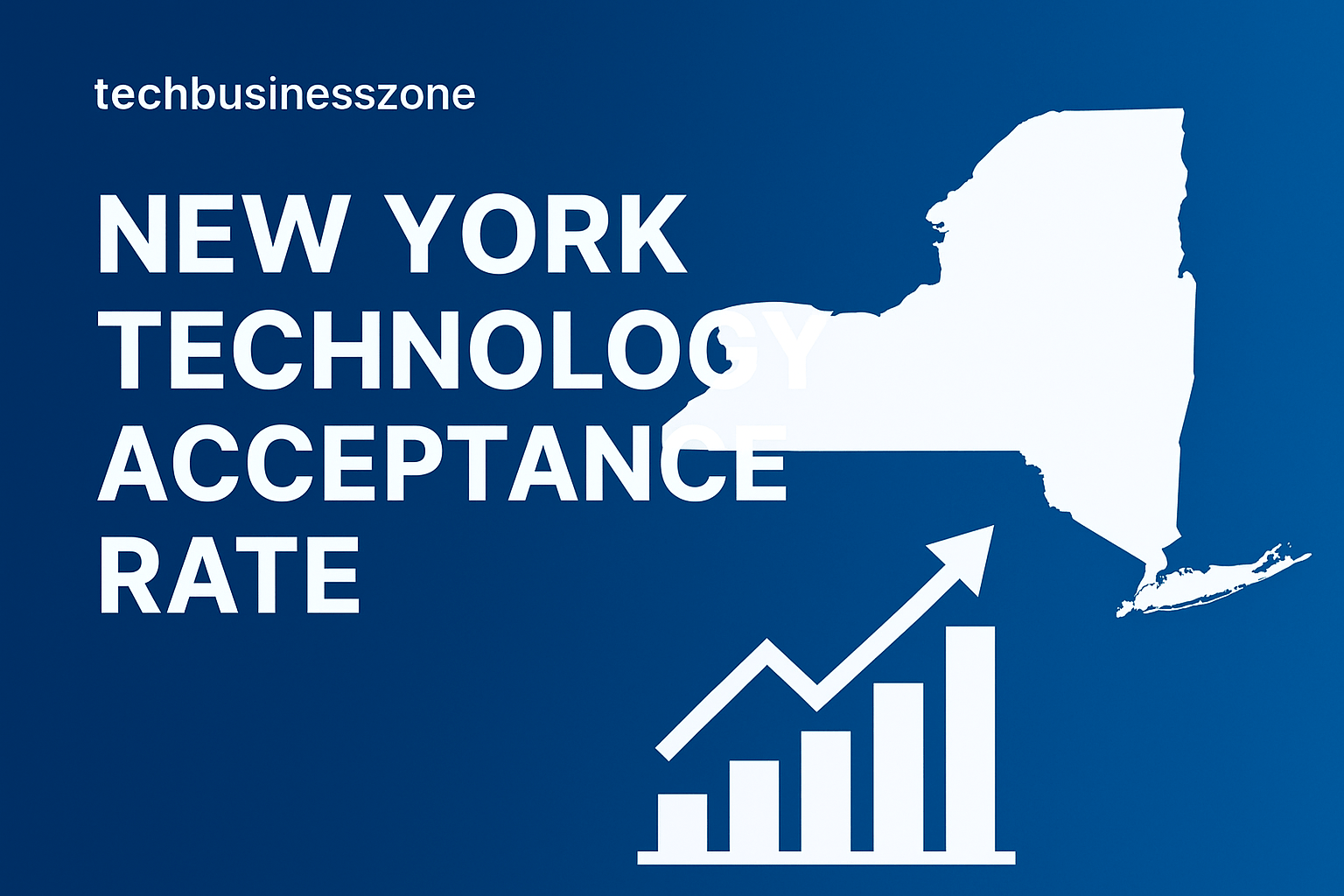Nanotechnology: The Tiny Revolution Shaping Our Future
Understanding Nanotechnology: A Brief Overview
Nanotechnology is considered a multidisciplinary science. It deals with the manipulation and application of materials on the nanoscale level. This scale is defined in terms of dimensions smaller than 100 nanometers. Under such a scale, materials can exhibit unique physical and chemical properties. These properties differ from bulk counterparts. This allows for a wide array of potential applications in numerous industries. Historically, the concept of nanotechnology traces back to the 1959 lecture by physicist Richard Feynman. He delivered a lecture titled “There’s Plenty of Room at the Bottom.” In this lecture, he envisioned the possibility of precise atom manipulation. This idea gradually evolved, leading to the formal development of nanotechnology in the late 20th century.
Bridging Disciplines to Drive Innovation Across Industries
The importance of nanotechnology lies in its ability to bridge various scientific disciplines, including physics, chemistry, biology, and engineering. The interdisciplinary approach is critical. It supports the development of necessary nanomaterials and nanotools. These innovations will enable advancement in sectors such as medicine, electronics, and environmental science. For instance, researchers are exploring advanced drug delivery systems with the help of nanoparticles. Their goal is to improve therapeutic efficacy without compromising on side effects. This approach enhances the quality of care. Similarly, device fabrication in electronics is transforming because of nanomaterials; this makes electronics faster, smaller, and less power-consuming.
Nanotechnology in 2024: A Key to Tackling Global Challenges and Driving Sustainability
We enter into the year 2024. This focus on nanotechnology applications is more necessary. It is driven by the potential of nanotechnology to solve one of the world’s more pressing global challenges. Carbon nanotubes are utilized for their high strength-to-weight ratio. They also enhance nanotechnology-based energy efficiency. This shows the real potential of these minute materials. They can make a significant difference. A case in point is its application in environmental cleanup. In this area, nanotechnology has shown it might just provide the profound difference needed for sustainability practice. This nanoscale world offers enormous possibilities. It is essential to comprehend what it holds. This understanding is crucial when contemplating the future of nanotechnology.
Exploring Nanotechnology Applications in 2024
With further entry into 2024, nanotechnology applications expand into unimaginable realms. They offer endless potential in multiple operational streams. One of the fastest areas of growth seen lately is in medicine nanotechnology; nanoparticles are transforming delivery systems for drugs. By encapsulating medicine inside these tiny particles, therapeutics can travel more efficiently toward specific cells. This process minimizes adverse effects and improves the effectiveness of the treatment. For instance, in the treatment of cancer, nanoparticles deliver chemotherapeutic agents directly to tumor sites. This approach minimizes the damage to normal tissues surrounding the tumor site.
Nanomaterials in Electronics: Revolutionizing Performance and Energy Efficiency
In electronics, nanomaterials have emerged into the limelight due to their superior properties. These properties ensure performance and energy efficiency in electronic devices. Carbon nanotubes in the above example represent the advantage offered by nanotechnology. These cylindrical shapes are known for their high electrical conductivity. They also possess mechanical strength. Currently, they are being used in the production of electronic parts. These parts are faster, lighter, and more robust. These have paved the way for next-generation smartphones and wearable technology.
Besides, industries focus on nanotechnology for energy efficiency purposes. They are trying their best to reduce the impacts of their activities on the environment. Nanotechnology has been applied in manufacturing advanced materials. For instance, solar panels contain nanostructures. These structures maximize light absorption rates and increase energy conversion values. These developments have decreased energy costs while ensuring energy sustainability.
Environmental Cleaning: Paving the Way for Sustainability and Innovation
Its applications are also impressive in terms of environmental cleaning, such as using nanomaterials that clean contaminant-rich soils and waters. Only a few of the various excellent achievements in nanotechnology make these approaches possible. Each discovery increases the potential for nanotechnology to enable innovativeness and sustainability in different business areas. This, in turn, changes every aspect related to scientific advancement. It also impacts environmental preservation.
Nanotechnology’s Role in Sustainable Development
Nanotechnology applications are being developed quickly for sustainable development. This includes environmental cleanup and sustainable creation of materials. With this earth at its worst form, new means are needed immediately to curb these problems. Nanotechnology is a technique of material property enhancement combined with environmental impact minimization to aid in sustainability issues.
The promising developments in this field include the utilization of nanomaterials in cleaning the environment. Tiny materials have proven to efficiently remove contaminants from air, water, and soil. One specific example is carbon nanotubes, which have a unique structure that makes them filter pollutants at an unparalleled scale. They are therefore invaluable in remediation work. Nanoparticles can act as catalysts. They degrade harmful compounds. This shows the capabilities of nanotechnology in fighting pollution and waste management.
Advancing Sustainable Materials and Revolutionizing Medicine
Nanotechnology can enable the development of sustainable materials. It focuses on improving energy efficiency. It also aims to diminish dependence on nonrenewable resources. Manufacturers can design such products with lighter, more powerful materials that require fewer resources in production. This would also reduce the energy needed to produce the entire product. Nanoparticles can be used in medicine to target specific areas in the body when drug delivery systems are revolutionized. Targeted therapy minimizes side effects and achieves greater efficacy in treatment for the patient. This can both improve patient outcomes and lighten the environmental burden of pharmaceutical manufacturing.

The future of nanotechnology seems promising in the pursuit of sustainability. Continuous investigation and unveiling of nanotechnology benefits are important. They enhance current applications for cleaning and sustainable materials. These advancements provide critical solutions to contemporary challenges. Such innovations represent an important step toward fostering healthy practices and ensuring a healthier planet for future generations.
The Future of Nanotechnology: Challenges and Opportunities
Looking forward, the landscape of nanotechnology is full of challenges and opportunities in different fields. The applications of nanotechnology include medicine, energy efficiency, environmental cleanup, and electronics. Nanotechnology in medicine promises improvements in drug delivery methods through nanoparticles. This advancement allows for targeted therapies and reduces side effects. Similarly, nanomaterials in electronics contribute towards faster and more efficient devices which could change the consumer electronics market.
However such developments come with major challenges. Ethical concerns are always paramount, specifically in matters concerning safety, the environment, and compliance. As nanotechnology advances, there is an urgent need to address the fears of the public. We must tackle misunderstandings to ensure that society does not unexpectedly pay a price for nanotechnology applications. Furthermore, a regulatory framework is required. This framework will allow for surveillance and review of new developments in nanotechnology. It should ensure safety and efficacy without suffocating further progress.
Nanotechnology: A Transformative Solution for Climate Change and Resource Scarcity
Global issues like climate change and resource scarcity present challenges for humanity. They also offer an extensive platform of opportunity. Energy efficiency and sustainability research areas in nanotechnology offer the biggest promises for building a better sustainable energy system. Carbon nanotubes transform this technology. They give it a completely new form and shape. This transformation enhances efficiency from a larger perspective. Now, in environmental cleanup, nanotechnology offers new ways to address problems. These include pollution and waste management. This development brings the concept of sustainable development closer to reality.
With this in mind, it’s clear that successful initiatives are emerging, and it’s a field with tremendous transformative power. Pioneering research and innovative applications mark the journey of nanotechnology. It continues to reflect a balance of challenges and opportunities. This balance shapes its role in society and industry for years to come.







